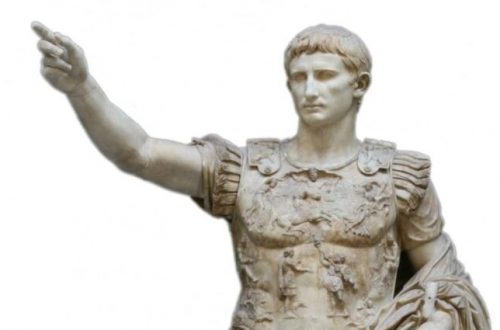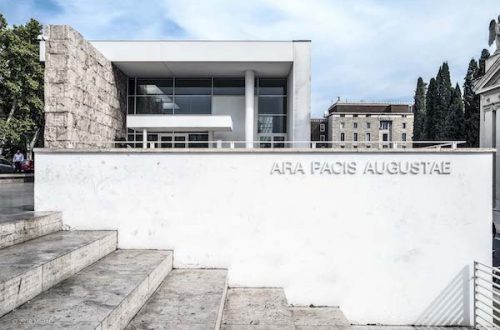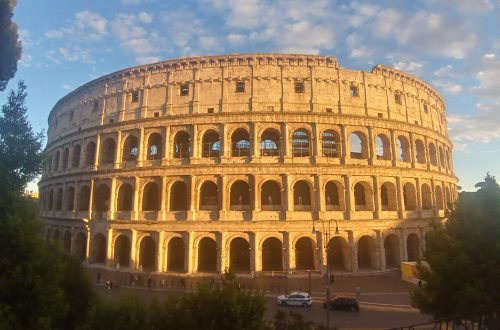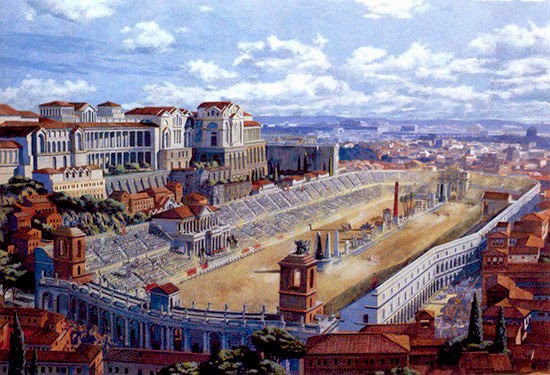
The Circus Maximus
The Circus Maximus was a magnificent ancient Roman chariot racing stadium located in the valley between the Aventine and Palatine hills in Rome. It was one of the most significant and largest entertainment venues in ancient Rome, with a capacity to hold over 150,000 spectators. The history of the Circus Maximus spans several centuries, evolving from a simple track to a grand arena.
Early History: The origins of the Circus Maximus can be traced back to the 6th century BCE. Initially, it was a flat, oblong area used for various public events, including processions, games, and athletic contests. The site underwent several renovations over the years, with wooden structures being replaced by more permanent materials.
Expansion and Renovation: The first stone structure was built during the reign of Tarquinius Priscus in the 6th century BCE. Subsequent rulers, including Julius Caesar and Augustus, expanded and renovated the Circus Maximus to accommodate the growing population’s entertainment needs. The structure took its final form during the reign of Augustus in the 1st century BCE.
Architectural Features: The Circus Maximus measured approximately 621 meters (2,037 feet) in length and 118 meters (387 feet) in width, making it the largest stadium in ancient Rome. It consisted of a long central spina (median strip) and two curved ends, known as the carceres, where the chariots would start the race. The spina was adorned with various decorative elements, including statues, obelisks, and turning posts (metae).
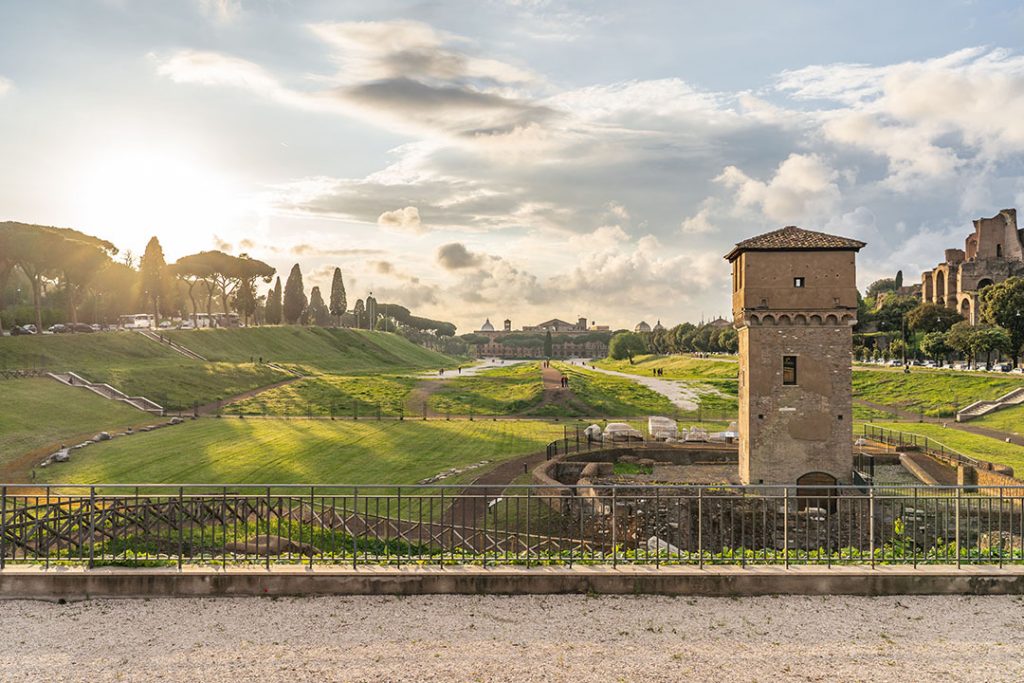
Chariot Racing: Chariot racing was the primary event held at the Circus Maximus. The races involved teams (factio) distinguished by their colors—Blue, Green, Red, and White. These teams were supported by passionate and sometimes fanatical fan bases. The races were intense and often dangerous, as skilled charioteers navigated the narrow track at high speeds, jockeying for position and attempting to outmaneuver their rivals.
Entertainment Beyond Racing: While chariot racing was the main attraction, the Circus Maximus also hosted a variety of other public spectacles, including animal hunts, mock battles (venationes), and processions. The arena could be flooded to stage naval battles (naumachiae), adding an extra element of excitement for the spectators.
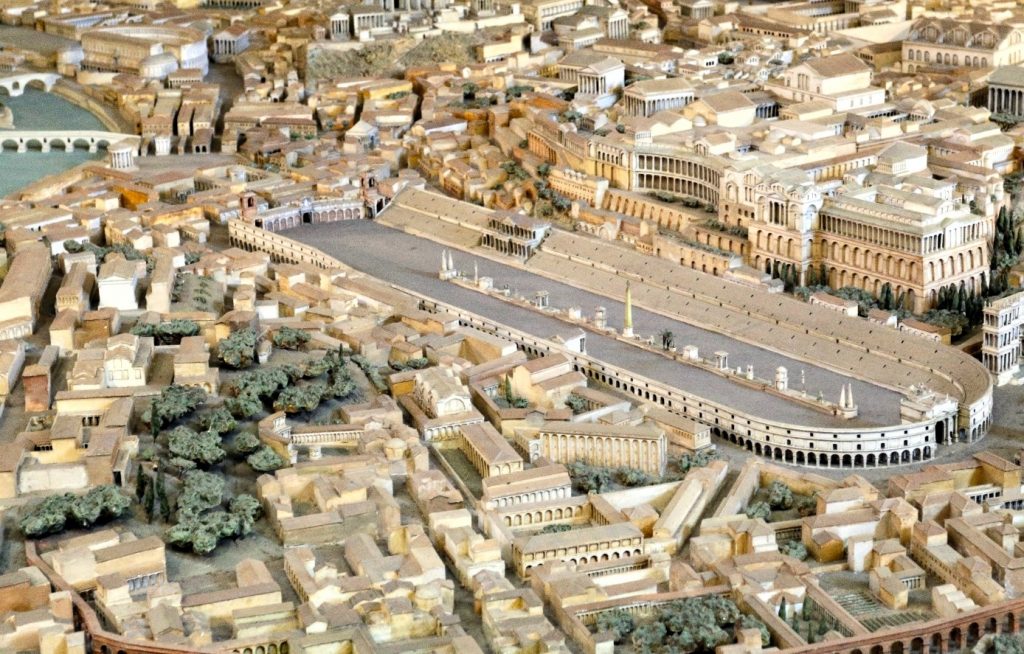
Enduring Legacy: The Circus Maximus continued to be a center of entertainment and social life in Rome for centuries. It withstood several disasters, including fires and invasions, and underwent repairs and renovations. However, as the Roman Empire declined, the use of the Circus Maximus diminished. Eventually, it fell into disrepair, and its stones were quarried for use in other construction projects.
Today, the Circus Maximus is an archaeological site, with little remaining above ground. However, the layout of the ancient stadium has left a lasting impact on the cityscape of Rome, and its historical significance is still palpable. The memory of the grand events and thrilling races that once captivated the citizens of Rome lingers in the echoes of the ancient arena.
photos: romanoimpero | capitolium | mondoromano
![]()


